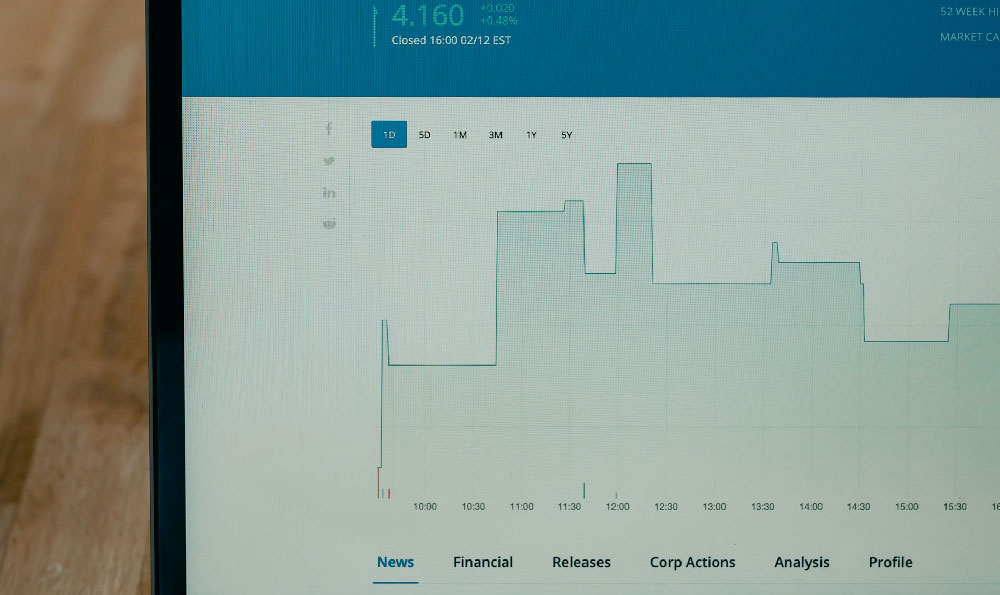Okay, here's an article answering the question "How Did Craigslist Monetize and Does It Still Work?" formatted as requested.
The Curious Case of Craigslist: Monetization, Minimalism, and Modern Relevance
Craigslist. The name conjures up images of a website frozen in time, a digital relic seemingly untouched by the relentless march of technological progress and the pressure to maximize profit. In an era of hyper-optimization, data-driven decision-making, and aggressive monetization strategies, Craigslist stands apart – a testament to a different philosophy, one rooted in community service and minimalist design. Its journey to monetization, and the enduring relevance of its approach, is a fascinating study in contrasting business models.

The story of Craigslist begins in 1995, the brainchild of Craig Newmark, originally conceived as an email distribution list for sharing local events in the San Francisco Bay Area. This simple concept quickly evolved into a web-based forum, fostering a vibrant online community where individuals could connect, buy and sell goods, and find housing and employment. For years, Craigslist operated largely without a formal monetization strategy. It was a passion project, a service to the community, funded by Newmark's own resources and a deep-seated belief in the power of connecting people.
The turning point towards monetization arrived gradually. As Craigslist’s popularity exploded, so did the operational costs associated with maintaining the platform. While the desire to keep the service free for the vast majority of users remained paramount, the need for a sustainable revenue stream became increasingly apparent. The solution Craigslist adopted was elegantly simple, and remarkably restrained: charging fees for specific categories of listings.
The initial focus for monetization was job postings in select major metropolitan areas. The reasoning was straightforward: companies seeking to hire employees through Craigslist were generally large organizations with established budgets. Charging a modest fee for job postings in these markets wouldn't significantly hinder access for job seekers, while simultaneously generating substantial revenue for the site. This strategy was later extended to other categories, most notably apartment rentals in certain high-demand markets, and for certain types of services.
The genius of Craigslist's monetization strategy lies in its selective application. The vast majority of categories, including personal ads, for sale items, community events, and much more, remain completely free. This reinforces the platform's image as a community resource, fostering trust and encouraging participation. By only charging fees in specific, high-value areas, Craigslist manages to generate sufficient revenue to sustain its operations without alienating its core user base.
Furthermore, Craigslist's commitment to simplicity plays a crucial role in its monetization model. The website's design, notoriously spartan and devoid of flashy advertisements, minimizes operational costs. Without the overhead of complex design elements, advanced features, or extensive marketing campaigns, Craigslist can operate efficiently on a relatively lean budget, further reducing the pressure to aggressively monetize the platform. This minimalistic approach also contributes to the platform’s accessibility; it loads quickly, is easy to navigate, and doesn't require users to possess high-end devices or high-speed internet connections.
But the question remains: in a world dominated by sophisticated algorithms, targeted advertising, and e-commerce giants, does Craigslist's minimalist monetization model still work? The answer, surprisingly, is a resounding yes. Despite the rise of competitors offering similar services with more modern interfaces and advanced features, Craigslist continues to thrive. Several factors contribute to its enduring success.
Firstly, Craigslist's brand recognition and established user base provide a significant advantage. Decades of operation have ingrained the platform into the collective consciousness, making it the go-to destination for many individuals seeking to buy, sell, or connect with others locally. This brand loyalty is difficult to replicate, even with superior technology or more aggressive marketing.
Secondly, Craigslist’s local focus resonates with users seeking to connect with their immediate communities. While larger e-commerce platforms offer a wider range of products and services, Craigslist excels at facilitating transactions and connections within a specific geographic area. This hyper-local focus fosters a sense of community and trust that is often absent on more impersonal platforms.
Thirdly, the simplicity of Craigslist’s interface, often criticized, is also a strength. In a world saturated with visual stimulation and complex user experiences, Craigslist's minimalist design provides a refreshing antidote. It's easy to use, straightforward, and gets the job done without unnecessary distractions. This simplicity appeals to a wide range of users, including those who may be less tech-savvy or who simply prefer a no-frills approach.
Finally, Craigslist's commitment to its core values – community service, accessibility, and user privacy – differentiates it from many of its competitors. The platform has resisted the temptation to track user data for targeted advertising or to implement invasive monetization strategies. This commitment to user privacy fosters trust and loyalty, further solidifying Craigslist's position in the market.
In conclusion, Craigslist's monetization strategy, characterized by selective fees and minimalist design, has proven to be remarkably effective. While the platform may not generate the astronomical profits of some of its more aggressive competitors, it has achieved a sustainable business model that allows it to continue serving its community while remaining true to its core values. The enduring success of Craigslist serves as a reminder that sometimes, the simplest approach is the most effective, and that prioritizing community service over relentless profit maximization can be a viable and rewarding business strategy. While the landscape of the internet continues to evolve, Craigslist's unique model continues to find its niche, proving that sometimes, the old ways are still the best ways.











